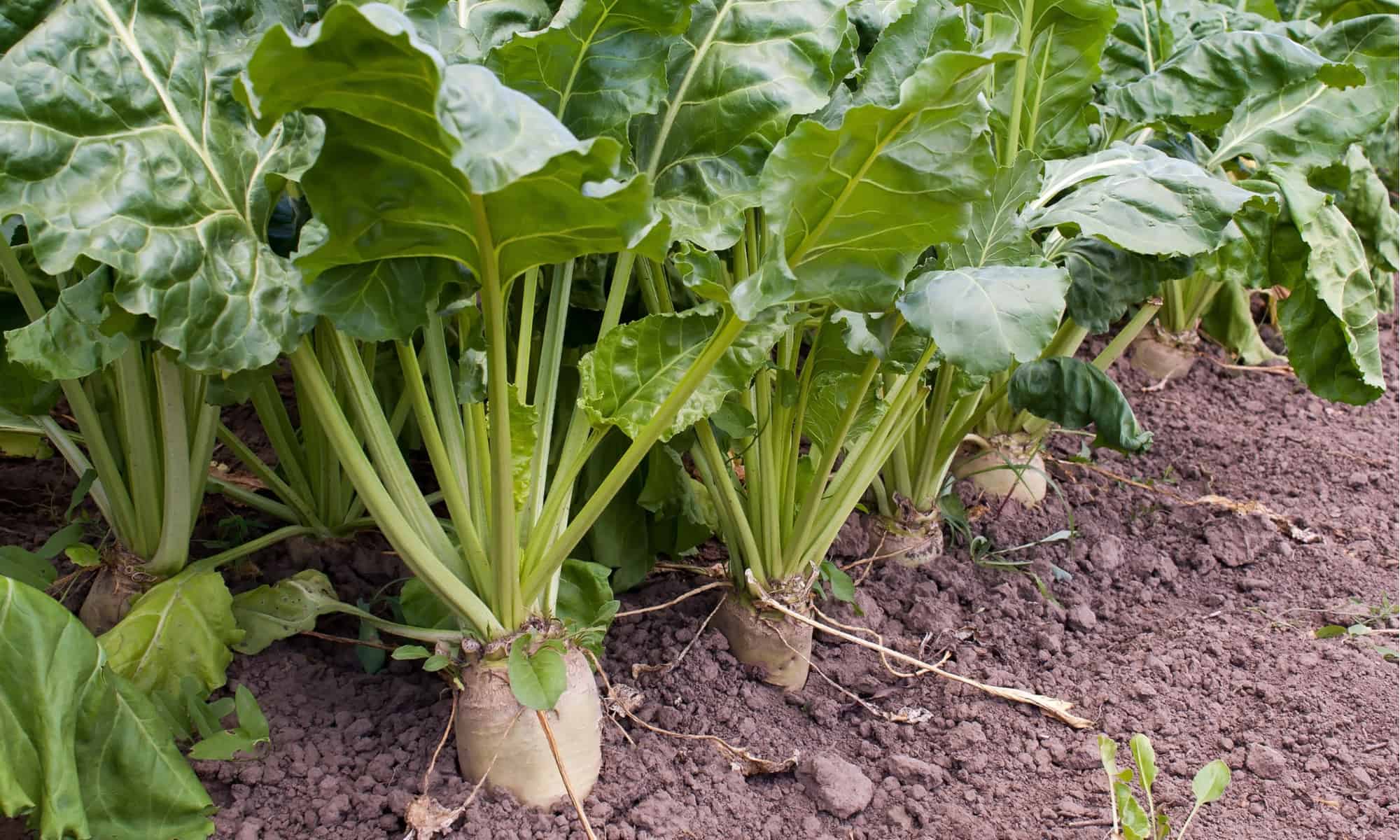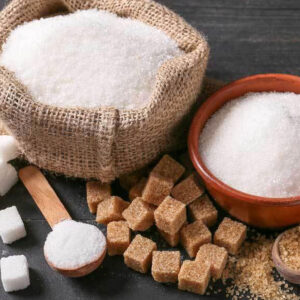Examining beet sugar vs cane sugar reveals distinctions in economic factors and market supply.
Examining beet sugar vs cane sugar reveals distinctions in economic factors and market supply.
Blog Article
Discover the Uses and Perks of Beet Sugar Vs Cane Sugar in Your Daily Diet Plan
Exploring the distinct high qualities of beet and cane sugar discloses even more than just their sweetening capacities; it highlights their one-of-a-kind effect on health and wellness and cookeries. Beet sugar, understood for its subtle taste, is often favored in delicate desserts, whereas cane sugar, with its tip of molasses, includes splendor to durable dishes. Each kind holds its very own nutritional profile and glycemic effects, inviting a deeper understanding of their duties in a well balanced diet plan and lasting intake practices.
Origin and Manufacturing Procedures of Beet and Cane Sugar

The distinct climates and dirt types needed for growing sugar beetroots and sugarcane add to differences in their farming methods and geographical circulation, influencing the business economics and sustainability of their manufacturing. beet sugar vs cane sugar.
Nutritional Comparison In Between Beet Sugar and Cane Sugar
Despite originating from various plants, beet sugar and cane sugar are nutritionally extremely similar, both mainly containing sucrose. Each gives about 4 calories per gram, translating to roughly 16 calories per teaspoon. Structurally, both sugars are composed of around 99.95% sucrose, with marginal quantities of various other materials like dampness and trace element, which do not significantly alter their nutritional profiles.

Ultimately, when choosing between beet sugar and cane sugar based on nutritional material alone, both deal the same advantages and downsides as they are essentially forms of the same molecule-- sucrose, offering quick energy without other nutrients.
Effect On Wellness: Glycemic Index and Caloric Material
Checking out even more into the effects of beet sugar and cane sugar on wellness, it is essential to consider their glycemic index and calorie material. Both sugars are categorized as sucrose, which directory is composed of glucose and fructose. This composition leads them to have a comparable impact on blood sugar degrees. The glycemic index (GI) of both beet and cane sugar is around 65, categorizing them as high-GI foods, which can create fast spikes in blood sugar levels. This is a vital element for individuals managing diabetes mellitus or those attempting to Click This Link support their power degrees throughout the day.
Each kind of sugar includes around 4 calories per gram, making their caloric web content equivalent. For those keeping track of calorie intake, specifically when handling weight or metabolic health conditions, recognizing this equivalence is important (beet sugar vs cane sugar). Excessive usage of any kind of high-calorie, high-GI food can contribute to wellness issues such as excessive weight, heart illness, and insulin resistance.
Environmental and Economic Factors To Consider of Sugar Production
Beyond health and wellness impacts, the production of beet and cane sugar additionally elevates substantial ecological and financial problems. Sugar beet farming often tends to call for cooler environments and has a reduced geographical footprint contrasted to sugar cane, which grows in exotic areas.
In addition, making use of pesticides and fertilizers in both beet and cane sugar cultivation can result in soil degradation and air pollution, more influencing biodiversity and regional water bodies (beet sugar vs cane sugar). The option between cultivating sugar beet or cane typically depends upon local environmental problems and financial aspects, making the sustainability of sugar production a complex concern
Culinary Applications and Taste Differences
While the ecological and economic facets of sugar production are indeed substantial, the option in between beet and cane sugar additionally influences culinary applications and taste profiles. Beet sugar, obtained from the sugar beet plant, is known for Learn More Here its extremely neutral taste.
Cane sugar, removed from sugarcane, typically keeps molasses traces, which present an unique splendor and depth. This mild molasses flavor enhances the complexity of baked items, sauces, and marinates. It is particularly preferred in items where a sugar undertone is wanted, such as in brownies or gingerbread. Additionally, the mild variation in moisture web content between beet and cane sugar can influence the appearance and consistency of recipes, making cane sugar a recommended choice for certain recipes that take advantage of its unique homes.

Final Thought
In final thought, both beet and cane sugar have distinct origins and manufacturing procedures, using similar nutritional profiles with mild distinctions in salt material and flavor. While their influence on wellness, especially relating to glycemic index and calories, is similar, the choice in between them commonly boils down to environmental, financial aspects, and details culinary demands. Recognizing these elements can guide customers in making notified decisions that straighten with their health and wellness goals and taste choices.
Report this page